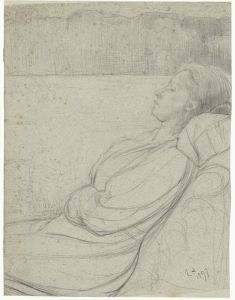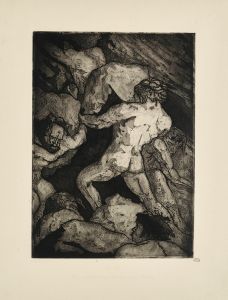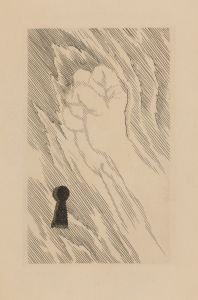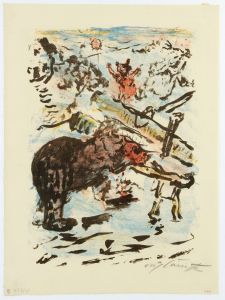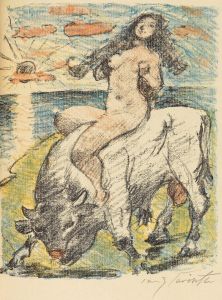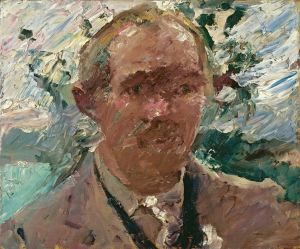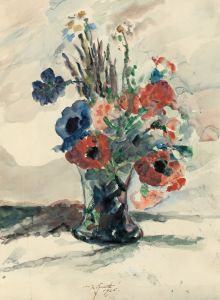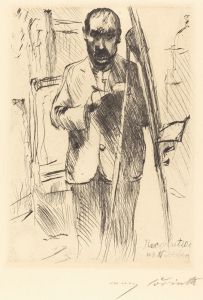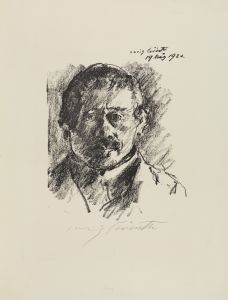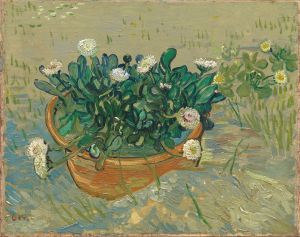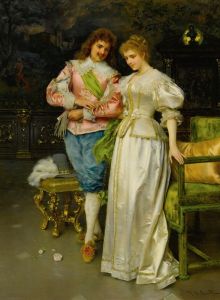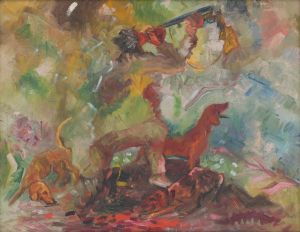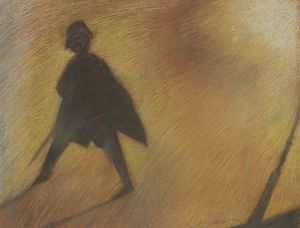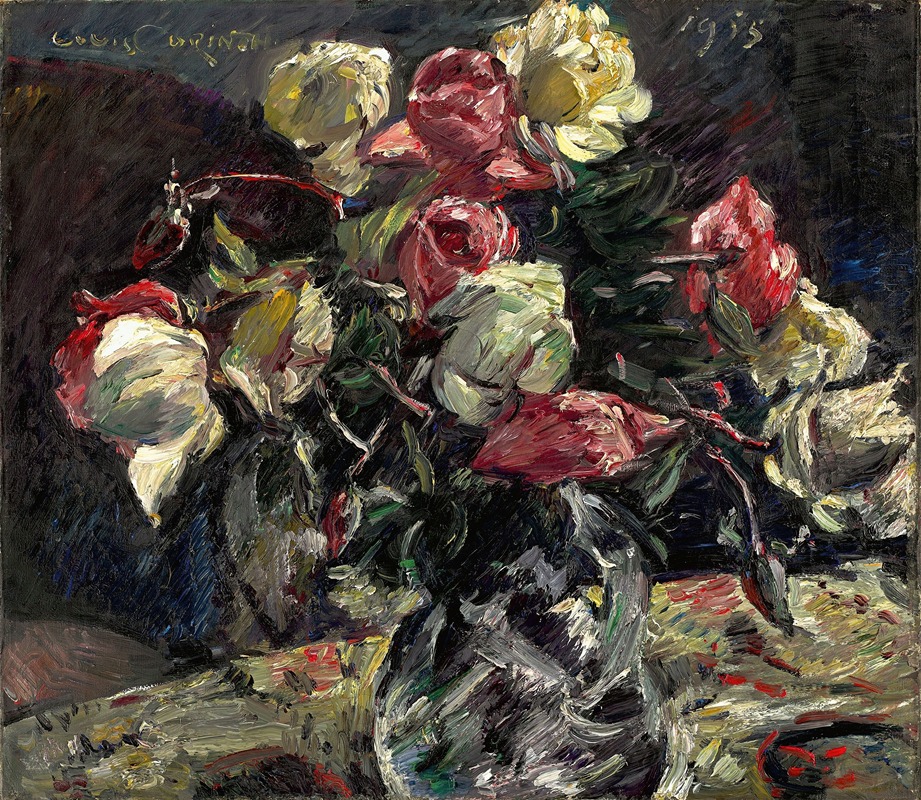
Helle Rosen
A hand-painted replica of Lovis Corinth’s masterpiece Helle Rosen, meticulously crafted by professional artists to capture the true essence of the original. Each piece is created with museum-quality canvas and rare mineral pigments, carefully painted by experienced artists with delicate brushstrokes and rich, layered colors to perfectly recreate the texture of the original artwork. Unlike machine-printed reproductions, this hand-painted version brings the painting to life, infused with the artist’s emotions and skill in every stroke. Whether for personal collection or home decoration, it instantly elevates the artistic atmosphere of any space.
Lovis Corinth was a prominent German painter and printmaker, known for his significant contributions to the transition from Impressionism to Expressionism in the late 19th and early 20th centuries. One of his notable works is "Helle Rosen," which translates to "Bright Roses" in English. This painting exemplifies Corinth's skill in capturing the vibrancy and texture of floral subjects, a theme that he explored throughout his career.
"Helle Rosen" is a still life painting that showcases Corinth's adept use of color and brushwork. The painting features a bouquet of roses, rendered with a lively palette and dynamic strokes that convey both the delicacy and robustness of the flowers. Corinth's approach to still life was often characterized by a sense of immediacy and vitality, qualities that are evident in this work. The roses are depicted with a naturalistic attention to detail, yet the application of paint is expressive, suggesting the influence of both Impressionism and the burgeoning Expressionist movement.
Lovis Corinth was born on July 21, 1858, in Tapiau, East Prussia (now Gvardeysk, Russia). He studied art in Königsberg, Munich, and Paris, where he was exposed to various artistic styles and movements. Corinth's early work was influenced by the academic traditions of the time, but he gradually embraced a more modern approach, incorporating elements of Impressionism into his paintings. By the time he created "Helle Rosen," Corinth had developed a distinctive style that blended realism with expressive brushwork.
The period during which Corinth painted "Helle Rosen" was marked by significant personal and professional developments. In 1900, he moved to Berlin, where he became a central figure in the city's art scene. He joined the Berlin Secession, an association of artists who sought to challenge the conservative art establishment and promote modern art. Corinth's work during this time often reflected his interest in exploring new techniques and subjects, including landscapes, portraits, and still lifes.
Corinth's career was not without challenges. In 1911, he suffered a stroke that temporarily impaired his ability to paint. However, he made a remarkable recovery and continued to produce art with renewed vigor. His later works, including "Helle Rosen," are often noted for their emotional intensity and bold use of color, reflecting both his personal struggles and his resilience as an artist.
"Helle Rosen" is a testament to Corinth's mastery of the still life genre and his ability to infuse everyday subjects with a sense of drama and beauty. The painting is celebrated for its vibrant depiction of roses, capturing the interplay of light and shadow on the petals and leaves. Corinth's technique involves layering colors to create depth and texture, a method that enhances the visual impact of the composition.
Today, Lovis Corinth is regarded as one of the leading figures of German art in the early 20th century. His work, including "Helle Rosen," continues to be studied and admired for its contribution to the development of modern art. Corinth's paintings are held in numerous public and private collections, where they are appreciated for their dynamic expression and innovative approach to traditional subjects.





